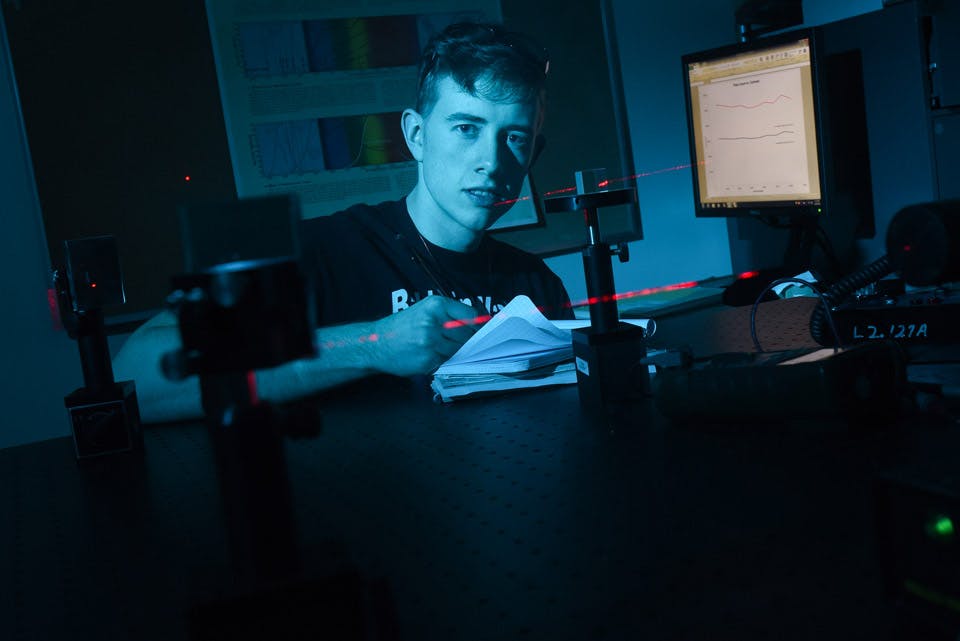Ohio Life
Career Choices
Here’s how four Ohio colleges are working to bring new students to STEM-related majors.
Related Articles

New Book Details Origins and Evolution of Dayton’s Carillon Historical Park
The destination’s vice president of museum operations Alex Heckman and curator Steve Lucht wrote the 222-page, hardbound coffee-table book. READ MORE >>

Two Ohioans Appear on the Hallmark Channel’s ‘Finding Mr. Christmas’
This holiday-themed reality show searches for the next Hallmark star, and Ohio natives Marcus Brodie and Logan Shepard are among the contestants this season. READ MORE >>

‘Ohio: Wild at Heart’ Now Showing in Select Theaters Statewide
Produced in partnership with the Ohio Department of Natural Resources, this film showcases some of our state’s most striking natural features. READ MORE >>



